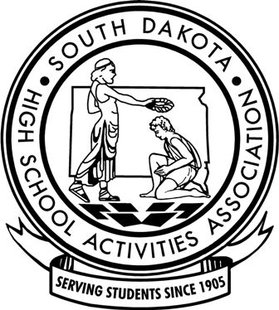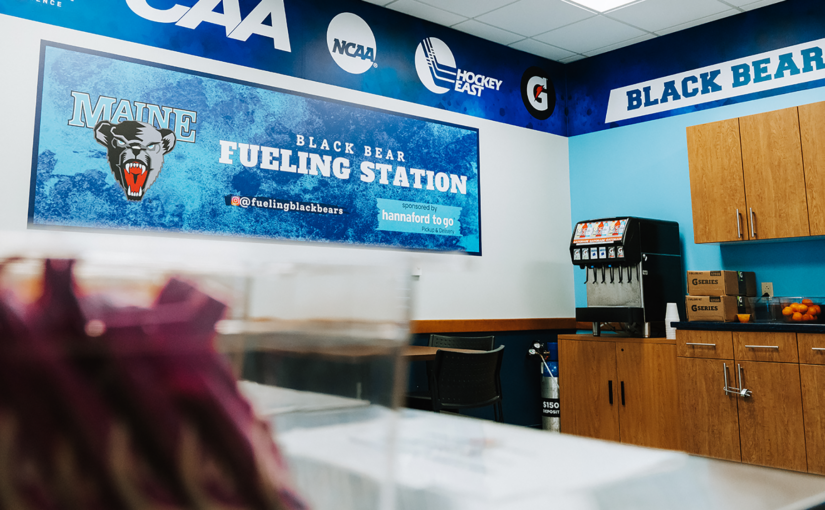Ohio HSAA Considering Public-Private Playoff Split
http://www.vindy.com/news/2012/dec/05/public-private-split-it-could-happen/?newswatch
In May, Ohio’s high school principals will likely decide whether public and private schools should have separate playoffs.“I don’t know if it’s going to pass,” said Canfield athletic director Greg Cooper, “but I’d say it’s pretty close to 50-50 at this point.”
The Ohio High School Athletic Association has not released the language of the latest competitive balance referendum.
But if it passes, it could fundamentally change not just postseason competition, but how high schools approach athletics in Ohio.
“If it does pass, I think private schools are going to look at other options other than simply taking it,” said Ursuline athletic director Sean Durkin, who has coached the Irish to state championships in baseball and girls basketball. “I’ve talked to several different private schools and the thought of completely splitting off from the OHSAA is an option that has been discussed.”
Two years ago, OHSAA schools narrowly (332-303) voted down a competitive balance proposal that would have factored in more than just enrollment when deciding divisional assignments. The proposal would have added three factors: school boundary (how many districts a school could draw from), socioeconomic situation (how many students were on a free lunch program) and recent tradition.After some tweaks, it failed again last year, 339-301.
Cooper, who sat on the committees that drafted those proposals, doesn’t necessarily want to see separate tournaments — “Like [OHSAA commissioner Dan] Ross said last year, we’ve got a pretty good playoff program and you’d hate to kill the goose that laid the golden egg,” Cooper said — but he thinks there’s general agreement that the OHSAA enrollment-only approach to divisions is too simplistic.
“Five hundred boys at an inner-city school can be dramatically different than 500 boys at a rural school or at a tony private school,” he said. “We don’t want this to degenerate into an ‘everybody plays, everybody gets a trophy, everyone’s a winner’ situation. But there’s an idea that you don’t want to play on a field where it seems like you’re always going uphill and the other team always seems to be going downhill.”
Triway superintendent Dave Rice, whose work with Dalton superintendent Scott Beatty led to the 2010 and 2011 referendums, spearheaded the latest public/private proposal, releasing a statement that said: “The intent of the petition is to create a competitive balance and fairness for a majority of the student-athletes throughout Ohio.”
“The thing that amazes me is, the schools that do the majority of the complaining, for instance the schools in Wayne County, wouldn’t win it [state championships] even if there were no private schools,” Durkin said. “They’re not good enough to beat the good public schools.
“It’s tiring to hear from the same people all the time, but sometimes the squeaky wheel gets the grease.”
Non-public schools make up about 18 percent of the OHSAA’s membership but, between 1999 and 2010, won about 43 percent of the state championships. This year’s state football championships were split 3-3, with private schools winning Divisions I-III and public schools winning IV-VI.
While Durkin admits there’s an imbalance in the numbers, he wonders if schools will ever be satisfied.
“Do we have to get down to 18 percent [of non-publics winning state titles] before it’s fair for both sides?” Durkin said. “The last one [referendum], if it passed, we were OK with that. But I think the majority of private schools don’t want to see this one passed.”
Warren Harding coach Steve Arnold, who coached the Raiders’ basketball team for nine seasons before switching to football this year, admits it’s difficult to compete with Division I parochial powers such as Cleveland St. Ignatius and Lakewood St. Edward, but isn’t convinced splitting the tournaments is the answer.
“I think if you’re going to be considered one of the best, you’re going to have to beat [good] public schools and [good] private schools,” Arnold said. “It doesn’t faze me one way or the other.
“And I don’t think it bothers the kids, to be honest. I don’t think they look at it from the perspective of a private school or a public school. They look at it as, ‘Are they good? Are they one of the top programs? Let’s go play, then.’”
Harding was one of the first schools to adopt open enrollment back in the 1990s and has attracted high-profile transfers such as Maurice Clarett (a Youngstown native who played at Fitch as a freshman) and Delbert Ferguson (a Youngstowner who spent his first three varsity seasons at Ursuline). But Arnold said this year’s football team didn’t have any players outside of Warren.
He doesn’t think open enrollment can close the gap between schools like Harding and schools like St. Edward and Ignatius.
“Private schools have the opportunity to get kids from all over and they get the cream of the crop,” Arnold said. “St. Ed’s, they have kids from Cuyahoga County, Lorain County, Summit County. I mean, c’mon.”
So what’s the answer? Maybe there isn’t one.
“If it was simple to solve, then a whole lot of folks smarter than me would have put it into effect a long time ago,” Cooper said.







